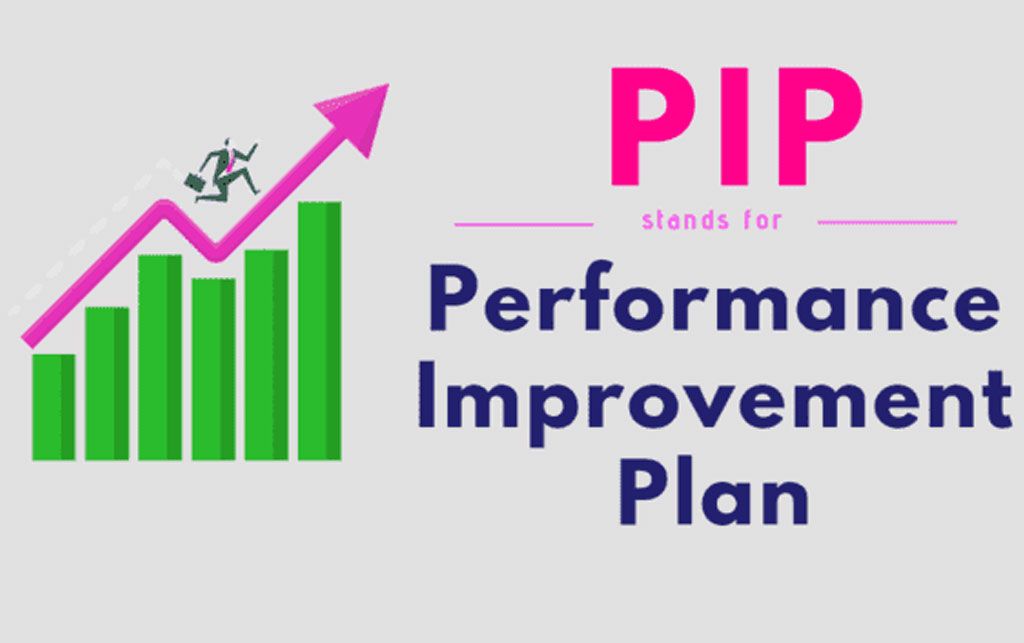
Everything You Need To Know About Surviving Performance Improvement Plan (PIP)

You must have heard the term PIP, and you must be wondering what is PIP in full form. After an employee gets a bad assessment, management will give him a final chance to change his game, termed as PIP or a performance improvement plan. The employee has specific goals in a Performance Improvement Plan to ensure firing, removal, or transition avoidance. In this article, we have discussed in detail PIP and how it is a very important aspect of the business.
What is PIP?
PIP full form is a performance improvement plan. It is a text that details the shortcomings and improvements of an individual. The performance improvement plan, for example, will provide details about the weaknesses of the employee. It may also indicate how the employee would change his behavior. In either case, the PIP notes explicitly what steps need to be taken to strengthen the workforce.
The boss of the worker writes and submits an employee progress plan to HR. It normally has a deadline of 30, 60, or 90 days for achieving the named targets. It further notes the implications if the efficiency of the employee remains short. In other words, there is no simple response to “What is PIP?”. Performance Improvement Plans are sufficiently scalable to meet any problem. The duration will also depend on the number of targets to be fulfilled for the employee to reach the optimal level.
Purpose and advantages of PIP
Why do companies use performance enhancement programs to address problems that lead to low performance rather than simply firing the employees? Performance Improvement Plan has many advantages:

Better business culture
The use of PIPs fosters a feeling of responsibility. Workers know that goals need to be fulfilled, and they need to be disciplined. This adds to the positive atmosphere of the business. Workers are respected when they work hard, and they know that everybody has to draw weight.
The PIP program can be utilized to solve many problems. A development plan is equally ideal for those workers who want to step up in the business, as well as for those who wish to move side-by-side. PIPs make the business staff feel respected since they realize they will be helped by their boss in fulfilling their long-standing job objectives. Around the same time, efficiency action plans encourage businesses with better-motivated workers to develop their workforce.
Save money and time
Each employer needs to reduce employee turnover since this saves time and money. Helping existing workers enhance their efficiency reduces the cost of dismissing employees and recruiting candidates to fill vacancies. It also delays interviews and prepares schedules for new employees. Although a PIP employee will need training, the training is still less than a new employee would require.
More useful than reviews
Reviews never have implications. Moreover, even though it is positive, some people respond poorly to criticism. Many people think criticism is inaccurate to make it worse. Combined with these variables, staff often reject feedback and carry on with the same work as before. In comparison, PIPs give workers a good understanding of their failings and what to do to change their condition. When the right “why” is framed, success plans will inspire even higher efforts by employees.
Examples of performance improvement plans
Here are a few examples of a successful PIP that you can use to design yours:
To improve customer service
Our first example strategy for customer service is to enhance results. This kind of performance-enhancing plan might be appropriate if customers complain about a specific employee’s attitude or help.
Objective: The ultimate objective of such a PIP could be to increase customer experience.
Targets: A higher retention or involvement of customers could be a possible goal to do this.
Action: The staff should collaborate more closely with their clients to address challenges or to participate in a training session to accomplish these goals.
Metrics: The customer turnover rate or customer retention rate will probably be the most suitable measurement.
To increase productivity
The following example is more appropriate for a middle-management guy. Let’s assume the employee is responsible for developing a service by increasing the number of subscribers. There is slight (if any) improvement after several months.
Objective: The X number of subscribers to maximize the program.
Targets: Raise the total and decrease the amount of unsubscribed subscribers.
Action: Improve campaigns, promote (or enhance) the Program’s advantages, and introduce a continuity policy.
Metrics: Subscriptions and unsubscribes.
For unprofessional behaviour
The last of our samples are for unprofessional behavior. This kind of PIP may be required for a range of circumstances ranging from mistreatment to permanent latency and unauthorized absences among subordinates and staff.
Objective: Fully avoid the behavior.
Targets: Be on schedule, value others, or attend all the meetings necessary.
Action: Only if allowed for personal or medical purposes, skip work. Get adequate behavioral instruction in the workplace.
Metrics: Certain habits are readily observable (for example, did the employee arrive every day just five minutes late?) More subjective are other circumstances. You might need to talk, for instance, to colleagues who found working with the employee challenges.
How to write PIP?
You now know what your PIP wants and have seen a few cases. All the rest is to bring it all together and continue to draw up an improvement plan for a particular employee and problem. Only when you build successful PIPs can you get the advantages of success measures programs?
Ways to Survive Performance Improvement Plan
The next step is to survive your strategy and emerge as a more valuable, skilled worker. That includes:
Making the work a priority
Don’t waste your time working on work-related tasks too late, take all optional invites for work-related activities.
Seeking help
A PIP also demonstrates you are capable of becoming an employee with your enterprise. If you’re unsure, talk to your boss or HR.
Being positive
Take a great mindset to work each day. Don’t let yourself down with minor obstacles.
Final words
So now you know what is pip full form in HR and how a performance improvement plan is very important to maintain the efficiency of the employees. A PIP is an excellent technique to maintain the success of an individual who has lately been missing but is able and motivated to remain a good team member. If you are an employer or an employee, a performance enhancement initiative can never be seen as a superficial measure before termination. It should instead be a helpful tool for turning a fighting worker into a productive commodity.
Related Post
Bad Manager
Improve Teamwork at your workplace
Methods of Performance Appraisal in HRM
Reskilling: A Detailed Guide
